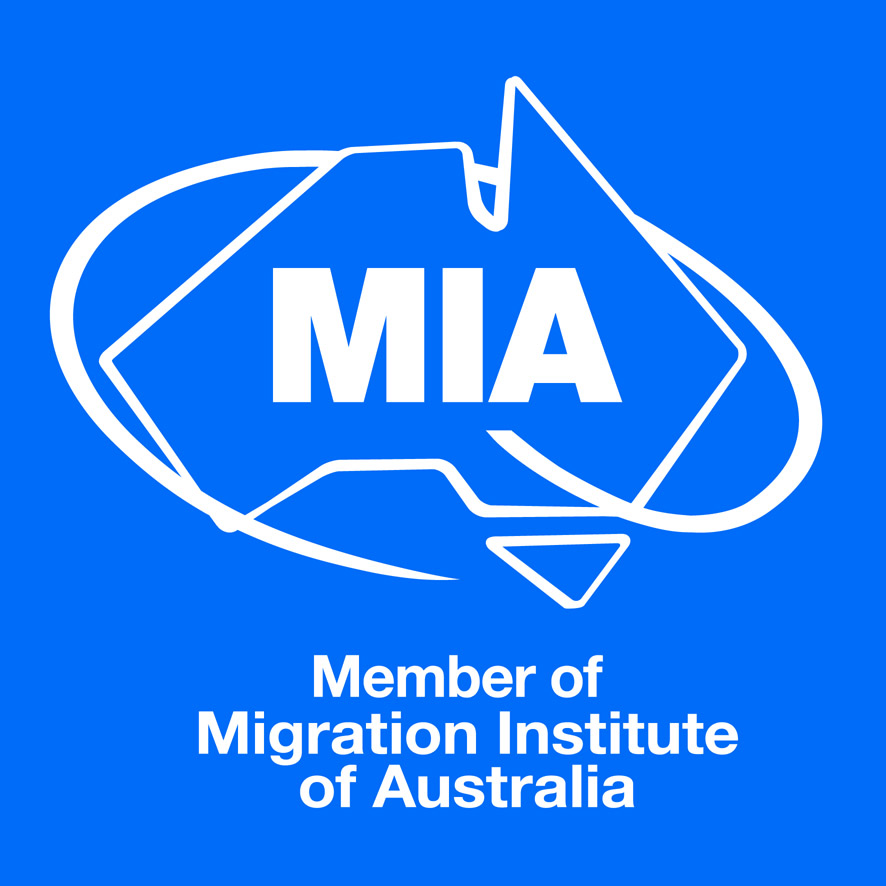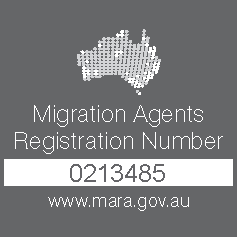International student numbers have been a hot topic for some time. As cost-of-living pressures rise, the Federal Government is doing what it can to alleviate that pressure. As housing affordability continues to dominate the news along with the implied impact immigration has on housing, the 24/25 federal budget partly addressed the situation by announcing a cap on the number of international student enrolments by universities.
The lack of housing currently being experienced in Australia has been attributed to the volume of temporary residents, in particular international students. The Labor Government is under pressure to halve net overseas migration from 528,000 in 2022/23 to 260,000 in 2024/25 to help ease the strain on the housing market. To assist in achieving this goal, the Federal Government announced it would set limits for how many international students can be enrolled by each university based on various factors including how much student accommodation they can provide.
If universities want to increase their international student intake above the initial allocation, then the Government will require the universities to construct new purpose-built student accommodation (PBSA). The rationale behind this is to increase the level of housing supply and help ensure that increases in international student numbers don’t put further pressure on the domestic housing market. The accommodation would be made available to both local and international students.
This reform is designed to create more student housing, reduce the pressure on housing prices and rent in Australian cities and help universities continue to benefit from the overseas student market.
While the reduction in student numbers is aimed at easing pressure on the housing market, it will potentially threaten the financial stability of the sector. International student fees represent a fifth of all university funding.
International student caps will be based on the size of the university, and it is expected that the legislation would also allow the Government to cap enrolments in specified courses or locations at their discretion. This could see them try to encourage education providers to attract more students into courses such as teaching and nursing where there are acute skills shortages being felt across Australia. However, only 16% of current international students continue to reside in Australia once they have completed their studies so it’s unlikely that Australia will see labour shortages satisfied in these professions.
Other Changes That Will Affect International Students
In addition to the international student caps, the cost of a student visa will double from $700 to $1,400 and it’s expected that the capacity requirement of foreign students will increase by 20% to $29,710. These measures are designed to make it more difficult to consider studying in Australia and restricts new student intakes to those that can afford Australia’s high cost of living.
It is expected the international student enrolment caps will apply from 1 January 2025.
If you would like to learn more about migration to Australia, contact the team of registered migration agents at Visa Solutions Australia. Book a consultation.







